-


 Image Analysis ServiceUse our applications to improve your work
Image Analysis ServiceUse our applications to improve your work
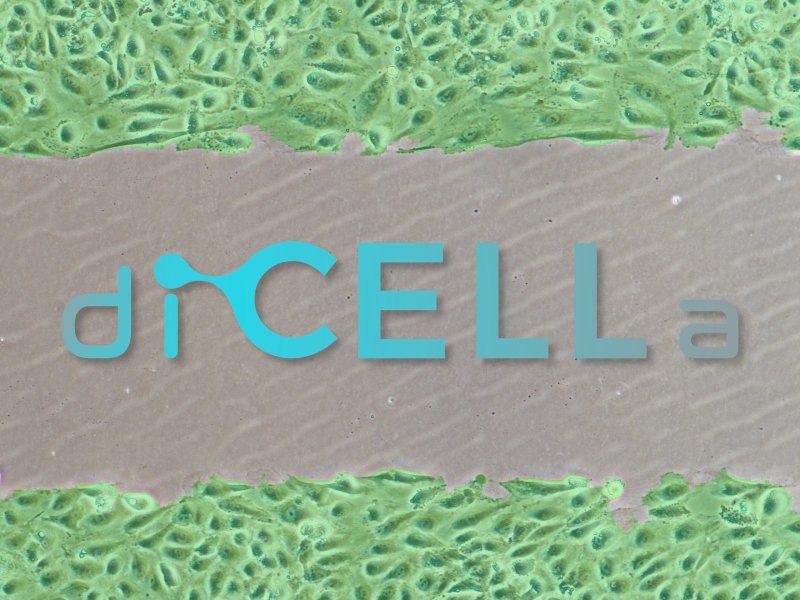
Wound healing assay, also called a scratch assay is one of the most commonly used tests to study directional and collective movements of adherent cells growing in a monolayer. We prepare application which analyse images from scratch assay. Our software allows you to receive the results quickly from your experiments.
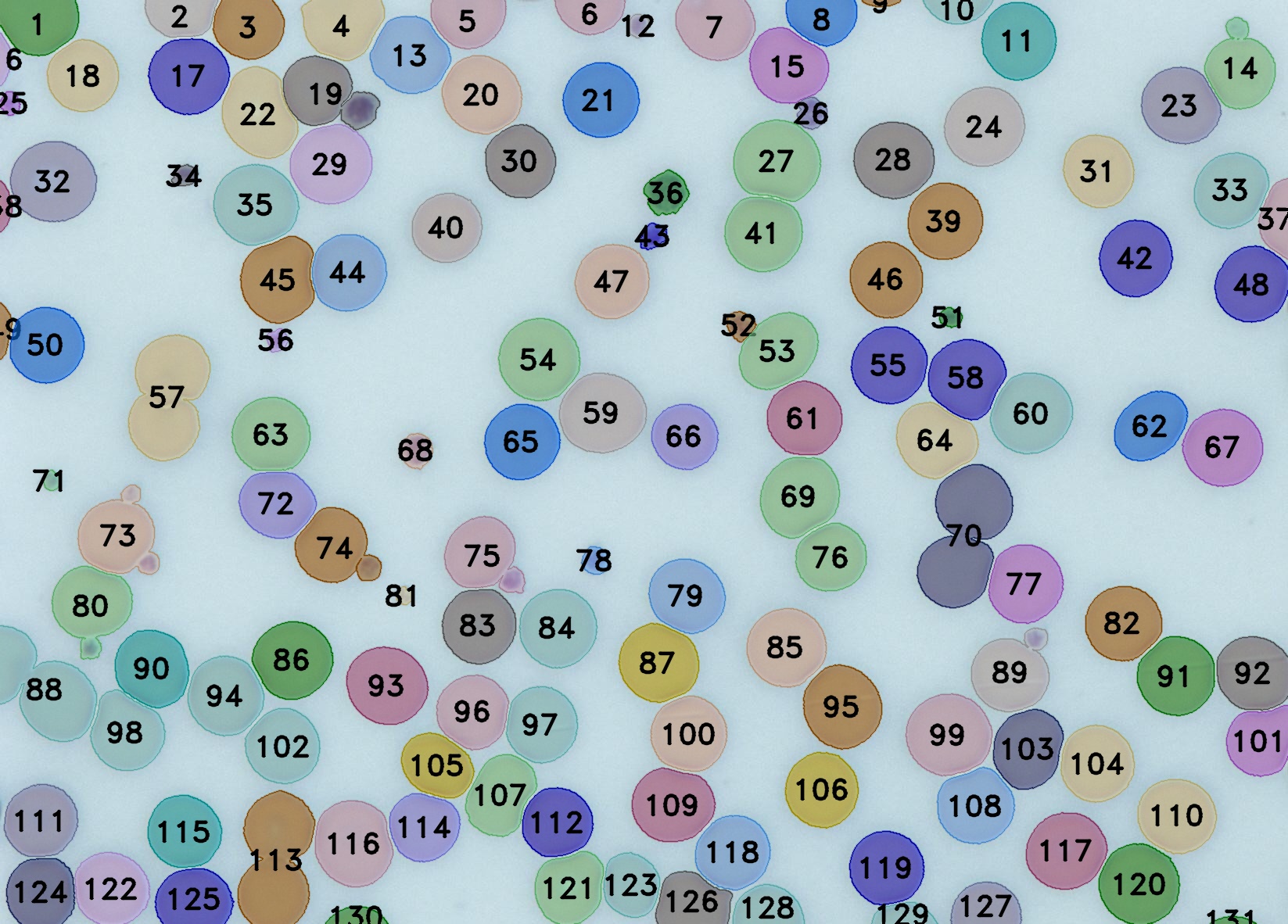
The time at the microscope counting cells is both laborious and time-consuming. Assays such as drug compound toxicity, cell proliferation, and inhibition of cell division have a need to assess the number or density of cells in a well. We develop an appliaction which can count cell in fast, objective, reproducible way.

Angiogenesis or formation of new blood vessels from preexisting vasculature is a key process in some physiological conditions such as wound healing, growth, and action of female reproductive organs. We develop an application which analyse angiogenesis assay, so just use it in your research.
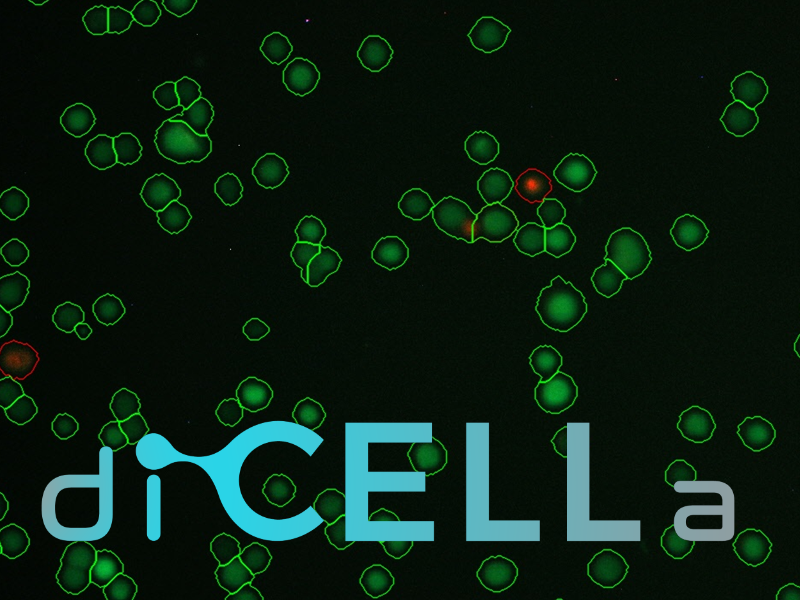
The cytotoxicity is a very important aspect, as destruction of healthy living cells around the wound will have a negative impact on the healing process. Out application allows to make a quick, fully automated evaluation of live/death cells. It is dedicated for fluorescence staining with propidium iodide and AM calcein.
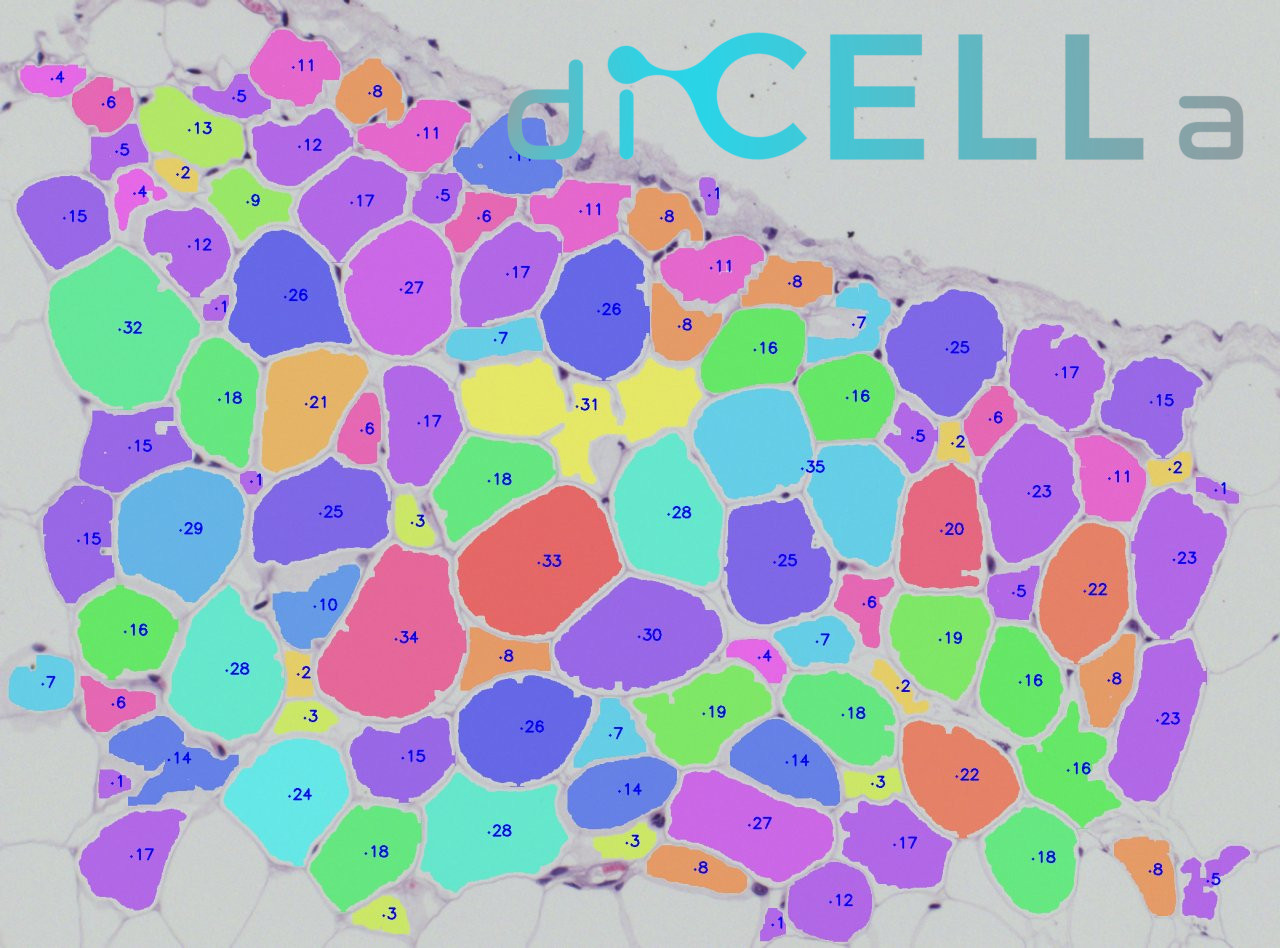
Obesity is characterized by an expansion of white adipose tissue mass that results from an increase in the size and the number of adipocytes. We develop an application which can analyse such assay. By this we can help you with your research.
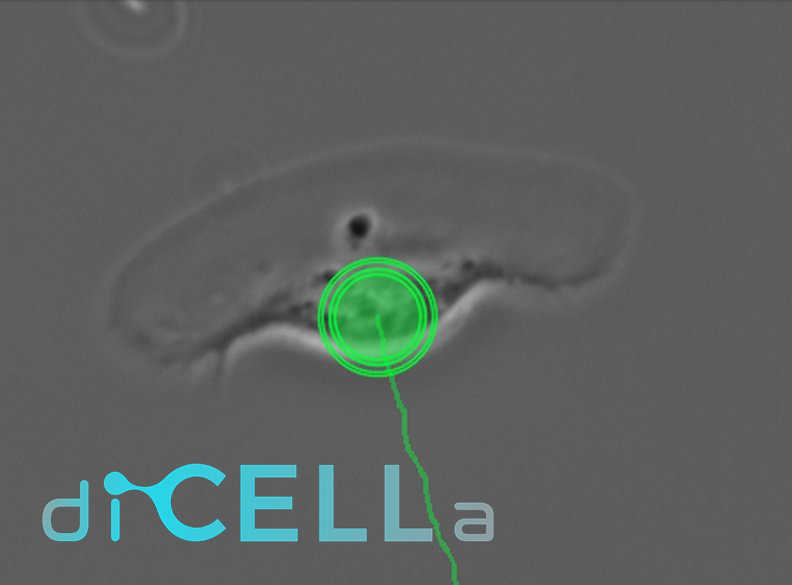
The phemenon of cell’s migration is the main process during the development and life of multicellular organisms. It can be observed during tissue development in the time of embryogenesis, during wound healing or immune response. The application uses advanced image analysis methods to interpret the movements of cells in order to discover behavioural and shape changes. Such analysis simplifies understanding of mechanisms causing these changes.
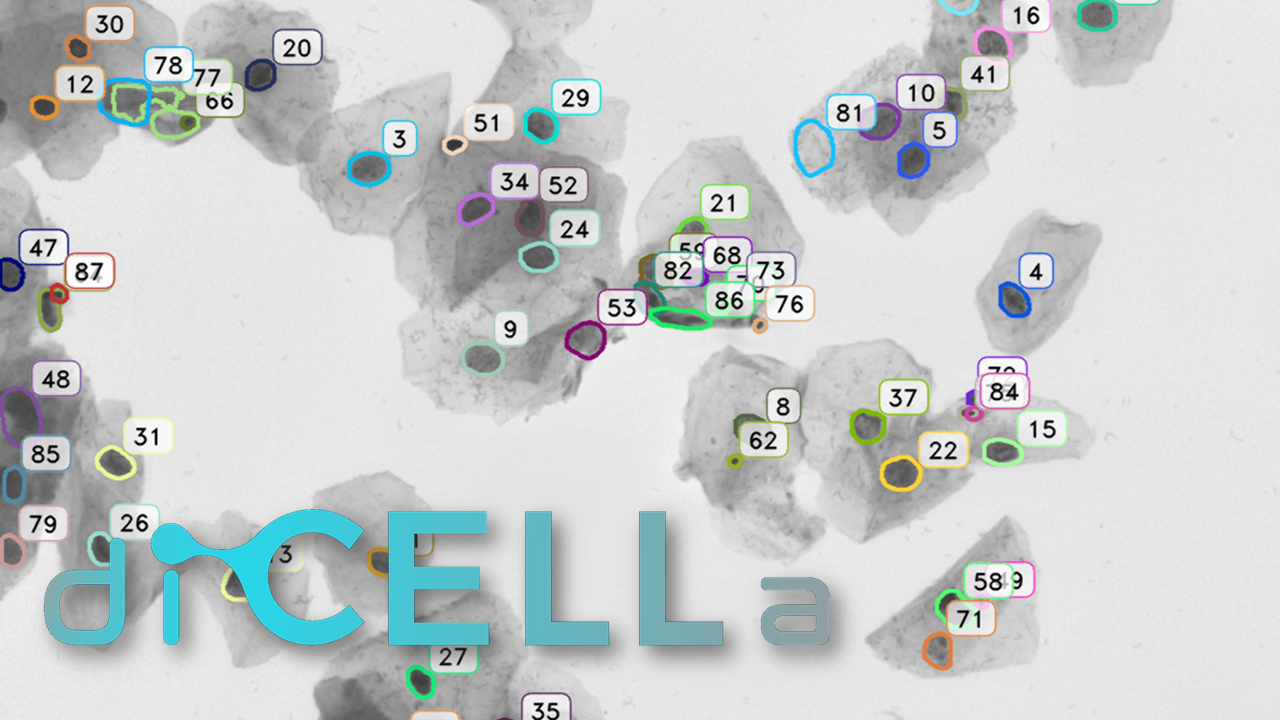
We have developed an esemble model that allows to perform the automatic nuclei detection on the images, including fluorescent likewise steaming from a biopsy after staining by the most frequently used hematoxylin and eosin.